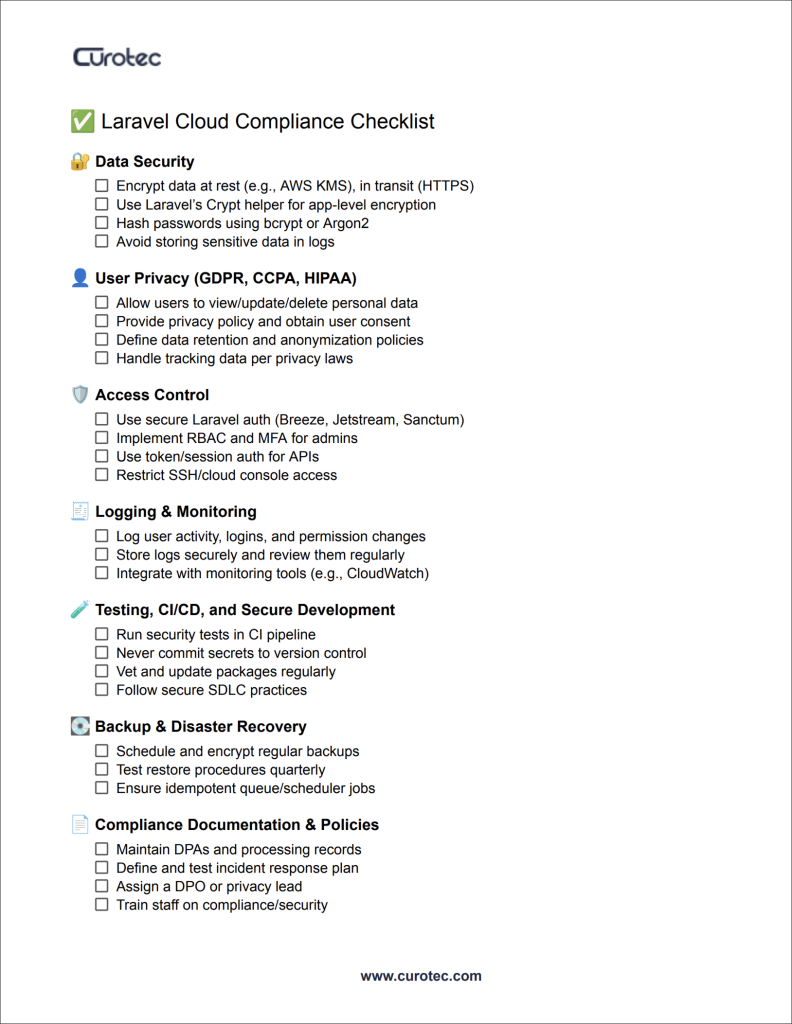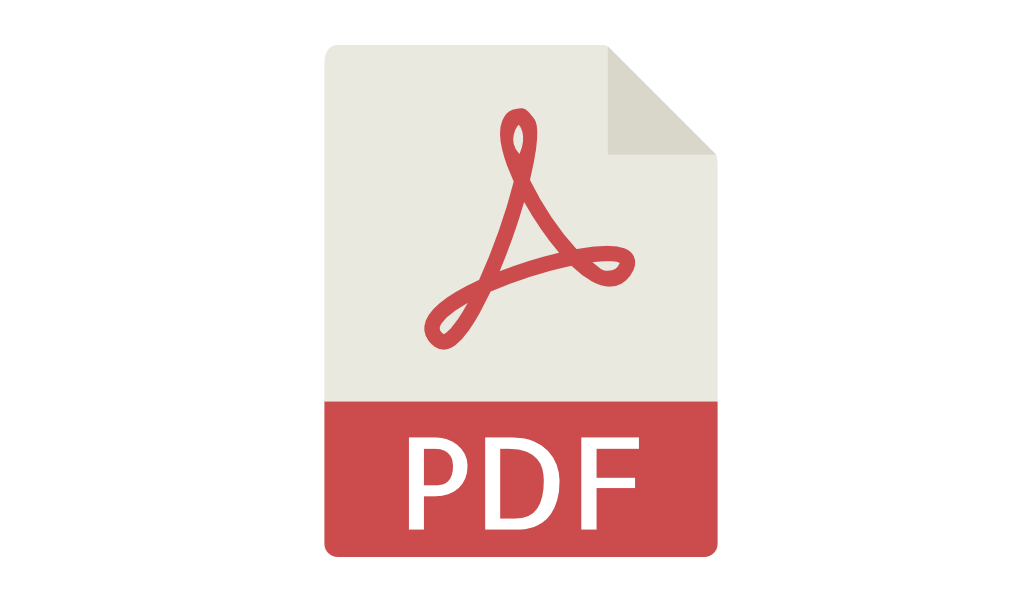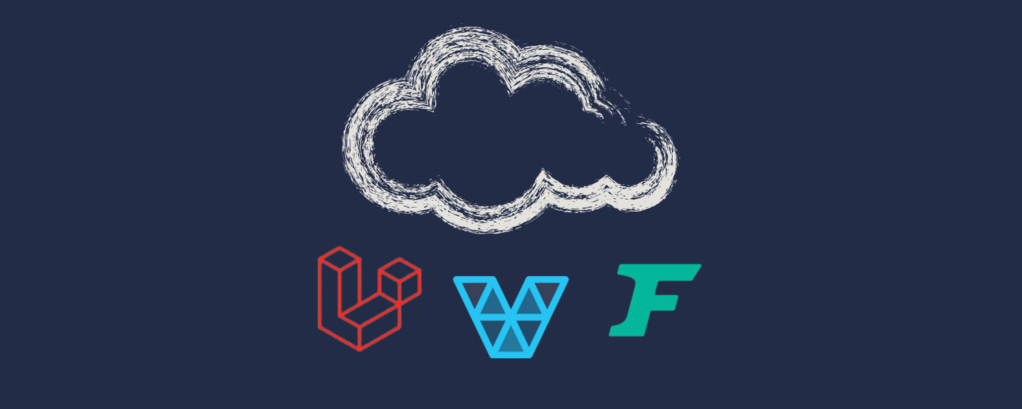Why Security in the Cloud Can’t Be an Afterthought

Rarely does a week go by without news of another data breach. Whether it’s a major platform leaking passwords or a smaller company exposing personal info, the message is loud and clear: people care about how their data is handled. And they should.
IBM’s 2022 Cost of a Data Breach Report indicates that 45% of breaches occurred in the cloud. With more teams relying on cloud infrastructure to scale quickly, the risk of exposure grows if security isn’t baked in from the start.
If you’re building in Laravel and deploying to the cloud, you’ve got a lot of power at your fingertips. You also have a lot of responsibility. Deploying Laravel to the Cloud—whether that means using Laravel Cloud, Laravel Forge, or a custom setup on AWS or GCP—makes it easy to launch scalable apps. But it also opens the door to risks if you’re not thinking carefully about privacy and security from the start.
What is Laravel Cloud?
Laravel Cloud is an official, fully managed infrastructure platform designed specifically for deploying and scaling Laravel applications. Announced by Taylor Otwell during Laracon 2024, Laravel Cloud aims to simplify the deployment process by eliminating the complexities associated with Laravel application server management.
With Laravel Cloud, developers can deploy their applications without the need for manual server configuration. The platform offers features such as one-click autoscaling, built-in databases, caching, storage, and robust security measures, allowing developers to focus on building their applications.
It’s important to note that Laravel Cloud differs from other Laravel deployment tools like Laravel Forge and Laravel Vapor. Laravel Forge is a server management and deployment service that automates the setup of cloud servers for Laravel applications, while Laravel Vapor is a serverless deployment platform, enabling developers to deploy Laravel applications without managing servers. In contrast, Laravel Cloud provides a fully managed, all-in-one solution tailored(Taylored? lol) specifically for Laravel applications.
The Power of the Laravel Ecosystem
The Laravel ecosystem makes this transition smooth. Artisan helps automate repetitive tasks. Forge simplifies provisioning. Vapor handles deployment, scaling, and performance without needing to manage servers. It’s a dream for development—but when it comes to securing your app in that environment, you’ve got to go a little deeper.
What’s at Stake When Handling Sensitive Data

Consider the data your Laravel app might handle—email addresses, phone numbers, purchase histories, or even payment and health records. That’s all sensitive. If any of it gets exposed, it’s not just a technical issue—it’s a trust issue. And, in many cases, a legal one.
A 2023 Cisco study found that 72% of consumers would stop doing business with a company after a data breach. That makes security not just an IT concern—it’s a brand concern, too.
Compliance Isn’t Optional
Depending on your users and your industry, you might need to comply with regulations like GDPR (for users in the EU), HIPAA (if you’re in healthcare), or PCI-DSS (for payment processing). Laravel gives you tools that help you stay aligned, but you still have to use them wisely.
And it pays off: companies that fully meet compliance requirements spend $1.2 million less on average when a breach occurs, according to the Ponemon Institute.
Understanding Where the Risks Come From

The usual suspects are SQL injection, XSS attacks, and insecure forms. Laravel does a good job of guarding against these right out of the box, assuming you’re not bypassing the safeguards. But in the cloud, you also need to consider things like overly broad permissions, exposed API keys, or poorly configured storage buckets.
Here’s a number that stands out: According to Palo Alto Networks, 65% of known cloud breaches are caused by misconfiguration, with IAM (Identity and Access Management) misconfigurations being a primary culprit. If you have one wrong setting, your entire system is vulnerable.
Access Control: The Quiet Security Gap

Access control is another common issue. Someone on your team may have more access than they need. Or maybe an endpoint isn’t locked down the way it should be. These aren’t exotic failures—they’re often just simple oversights that slip through the cracks.
Trend Micro found that 92% of cloud security teams list misconfigurations and access control issues as their top concern. It’s not glamorous, but it’s essential.
👋 What challenges are you facing with your Laravel security or cloud compliance?
Security shouldn’t slow you down. Let us help you identify gaps, strengthen your architecture, and stay compliant at every stage!
Trusted by tech leaders at:




Embed this guide on your website
<img src="https://www.curotec.com/wp-content/uploads/2025/04/laravel-compliance-checklist.png" alt="Laravel Security/Compliance Checklist" />Practical Ways to Strengthen Privacy
So, how do you stay ahead of all this?
Start with encryption. Laravel makes it easy to encrypt data using its built-in helpers. But don’t stop there—ensure your cloud provider encrypts data at rest and enforces HTTPS by default. Every layer should be locked down.
Passwords should never be stored in plain text—thankfully, Laravel uses strong hashing by default. But if you’re handling sensitive tokens or API keys, treat those with the same level of care. Keep them secret, rotate them regularly, and never hardcode them into your app.
And build with privacy in mind from the beginning. Don’t collect more data than you need. Avoid holding on to user info indefinitely just because you can. If you treat privacy as a feature, not a chore, your architecture will reflect that.
Laravel’s Security Tools Aren’t a Set-and-Forget
Laravel gives you a solid security foundation, but you need more than code to stay protected.
Make sure your server setup is updated regularly. Keep your PHP version current, patch dependencies, and don’t ignore those security advisories when they pop up. Set up firewalls, disable unused ports, and double-check who can access what.
Don’t underestimate the power of logging. Laravel’s built-in logging tools can track errors, failed logins, and strange app behavior. Paired with tools like AWS CloudWatch or Azure Monitor, you’ve got a live feed of what’s happening under the hood.
Make Your Deployment Pipeline Work for You
Deployment deserves some extra attention, too.
Never push sensitive credentials to version control. Ever. Use environment variables for anything secret and keep them secure.
Add security checks to your workflow if you’re running CI/CD pipelines. Automate tests that look for vulnerabilities before anything hits production. According to GitHub, 87% of developers feel responsible for writing secure code, but only 29% receive regular security training—so build those guardrails into your process.
And yes—set up backups. Ensure they’re encrypted, and you can restore them when it counts.
Don’t Skip the Compliance Checklist
Compliance isn’t glamorous, but it matters.
Laravel supports good practices, like logging user activity or giving users control over their data. But documentation and clear policies are where things come together. Know what data you collect, why, and how long you keep it. That clarity helps internally and in case someone asks for an audit.
It’s Not Just Code—It’s a Mindset
To wrap it up, building a secure Laravel app in the cloud takes more than checking a few boxes. It’s a process that starts with thoughtful planning, relies on consistent maintenance, and benefits from treating privacy as a core part of the user experience—not just a legal requirement.
As the team at IBM puts it, “Security is not just an IT cost—it’s a business enabler.”
Let Curotec Help Secure What You’re Building
If you’re looking for help navigating Laravel cloud deployments—building from scratch or auditing an existing system—Curotec is here to support you. We’ve worked with teams to build secure, scalable Laravel solutions that meet real-world business needs. Reach out today, and let’s talk about what you’re creating—and how we can help protect it.




